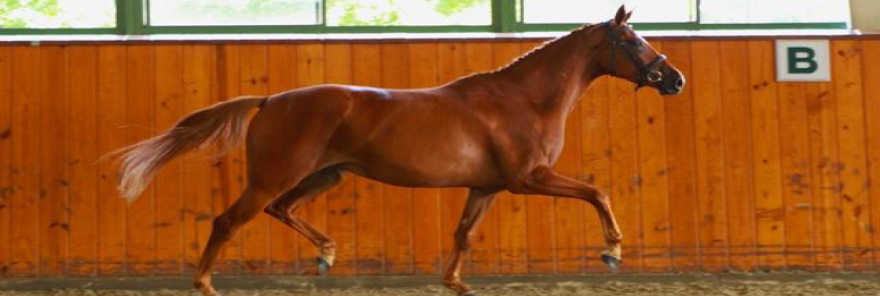Breed standards and approvals are in place for many breeds around the world.
It’s perhaps best-known in European warmblood circles, but many less common and rare breeds are also the subject of strict stud book approval. Equine breeding societies around the world are making careful decisions about the futures of their breeds, choosing the horses that will continue and enrich the bloodline of the horses that they love.
Registration is one thing for these breeds, but entry into the breeding program is entirely another. An “open stud book” sounds inviting, but horses are inspected fiercely before they are allowed to join breeding programs.
The American Hanoverian Society has an annual Tour of Inspection, during which time inspectors travel the country to approve breeding stock for entry into the stud book. Foals are inspected before their initial registration is approved, and potential breeding stock is inspected after three years of age. Even “purebred,” registered Hanoverians, must be inspected right alongside the non-registered horses hoping to be included in the breeding program.
In the case of Hanoverians, mares eligible for inspection and entry into the breeding program include Jockey Club-registered Thoroughbreds, registered Arabians and Anglo-Arabians. Mares with excellent movement and impulsion are an asset to the breed’s future and can be entered into the breeding program at varying levels. (Find out more about adding Thoroughbreds to the Hanoverian Stud Book at Hanoverian.org.)
While Hanoverians and many other breeds maintain open stud books and allow in horses which meet their breed standards, a few breeds’ stud books remain firmly closed. Thoroughbreds are an excellent example: around the world, the various Jockey Clubs that maintain Thoroughbred registration allow only purebred Thoroughbreds into their ranks. With that being said, there is no conformation or performance inspection to gain entry into the breeding program, so the build and talents of different lines of Thoroughbred can vary wildly.
But at the end of the day, a breeder can nearly always tell — a Thoroughbred looks like a Thoroughbred, and a Hanoverian looks like a Hanoverian. Whether it’s through careful inspection and management of the breed’s stud books, or through an adherence to purebred-only standards, the registered horse breeds of the world all live up to their individual “breed standards.”


